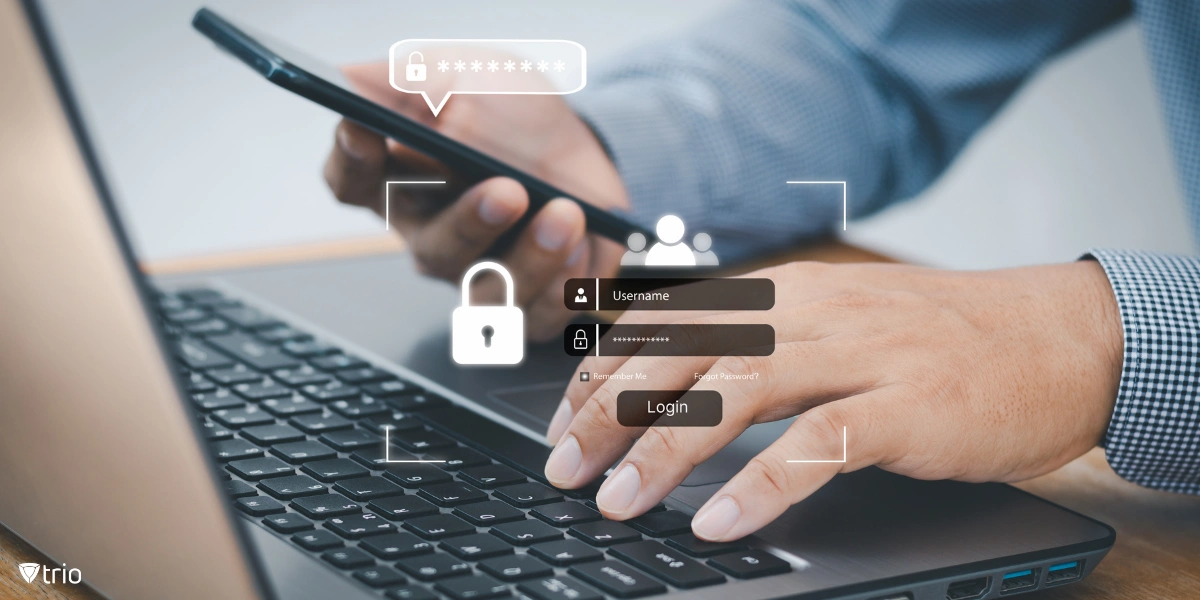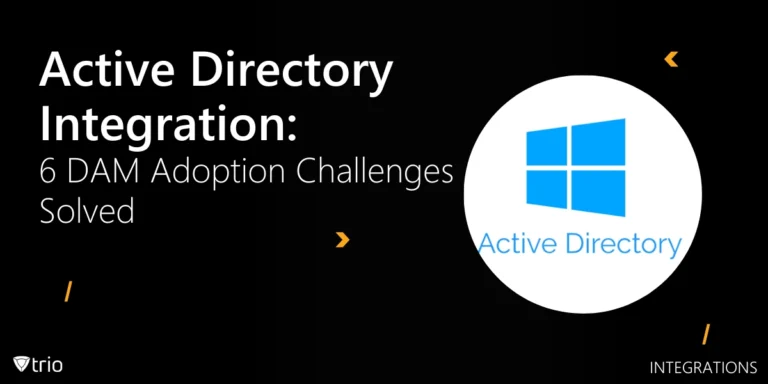The IT environment is getting increasingly complex, securing access to sensitive information is crucial. SAML authentication, or Security Assertion Markup Language, has emerged as one of the most effective ways for enterprises to enhance their security protocols while simplifying user access. By leveraging the SAML protocol, organizations can securely authenticate and authorize users through a centralized identity provider (IdP) without the need for multiple passwords. But how does SAML authentication work, and what are the tangible benefits for your enterprise security?
This blog will explore seven key benefits of SAML authentication, with insights into how it strengthens security, streamlines processes, and improves the overall user experience.
1- Centralized Authentication Reduces Password Fatigue
One of the primary benefits of SAML authentication is its ability to centralize authentication and reduce password fatigue. With SAML, users can authenticate once via a single sign-on (SSO) solution, gaining access to multiple applications and services without repeatedly entering their username and password.
This reduction in password fatigue minimizes the chances of weak or reused passwords, which are common vulnerabilities in enterprise systems. By using secure assertion markup language, SAML works to provide seamless authentication while reducing password-related security risks.
2- Improved User Experience with SSO Integration
SAML authentication goes hand in hand with single sign-on (SSO) technology. By integrating SAML into your SSO solution, users can enjoy an enhanced experience. Once authenticated, the SAML protocol redirects the user to the relevant application or service without the need for further logins.
This simplified user experience boosts productivity and satisfaction by removing the need to remember multiple credentials. From a security perspective, SAML authentication vs. LDAP or other directory service-based methods offers superior convenience, as SSO and SAML responses streamline access control while maintaining robust security.

3- Enhanced Security with Federated Identity Management
SAML cyber security is crucial for protecting sensitive data as it federates identities across different domains and applications. By transmitting authentication and authorization data securely, SAML mitigates the risks of identity theft and unauthorized access. This federated identity management allows enterprises to manage users’ access rights and permissions from a central location, improving access control while also reducing the attack surface since user information is never stored in multiple places.
By using SAML assertions to transmit authentication and authorization data securely between the identity provider (IdP) and service provider (SP), the risk of security breaches from identity theft or unauthorized access is significantly reduced. In an SAML authentication flow, sensitive user data is encrypted, adding an additional layer of protection.
4- Scalability for Growing Enterprises
With proper SAML configuration, organizations can seamlessly integrate various platforms, ensuring that user authentication works efficiently across cloud-based and on-premise environments. SAML configuration plays a vital role in scaling secure access as your business grows, while still making it easy to integrate with existing infrastructure.
Compared to other authentication methods like LDAP, SAML authentication provides greater flexibility when scaling access control across a large user base. Whether your organization uses multiple SaaS applications or relies on internal systems, SAML authentication simplifies the process of granting and managing access across various environments.
5- Reduced IT Overhead and Support Costs
By implementing SAML authentication, enterprises can significantly reduce the time and resources needed for user account management. The single sign-on (SSO) capability allows users to manage their credentials through a centralized identity provider, decreasing the need for IT teams to troubleshoot password issues or manage multiple accounts.
SAML vs. SSO alone highlights the efficiency gained by combining SAML authentication with SSO. When users experience fewer login problems, such as password reset requests or account lockouts, IT teams can focus on more critical tasks. This benefit also extends to troubleshooting; when an SAML authentication failure occurs, IT staff can quickly identify and resolve issues using standardized SAML responses.
6- Increased Compliance and Access Control
Many industries, such as healthcare and finance, must adhere to stringent regulatory requirements around data security and access control. SAML authentication provides a robust framework for maintaining compliance with these regulations by ensuring that only authorized users can access sensitive information.
The SAML protocol supports secure authentication and authorization data transmission, making it easier to track and audit user access. In cases where SAML authentication failed, logs and SAML requests can be analyzed to identify any security breaches or compliance issues. By using assertion markup language SAML, organizations can maintain a secure and compliant environment.
7- Compatibility with a Wide Range of Applications
While both OIDC and SAML offer identity federation solutions, their use cases differ significantly. OIDC is generally better suited for modern web-based applications, providing streamlined user experiences, whereas SAML remains a robust choice for enterprise-level applications that require comprehensive authentication protocols. As an open standard, SAML authentication is compatible with a wide variety of applications and systems, whether cloud-based or on-premise. This compatibility allows enterprises to integrate SAML authentication across multiple platforms, facilitating seamless communication between identity providers and service providers.
For instance, a common SAML authentication example involves an employee accessing a cloud-based HR system using their corporate credentials. In this SAML authentication flow, the identity provider authenticates the user and passes the authentication data to the service provider, granting access without the need to re-enter credentials. This broad compatibility makes SAML an ideal solution for enterprises with diverse IT ecosystems, ensuring secure and efficient user authentication across all services.

How Trio Can Help with SAML Authentication
SAML authentication is essential for enterprises looking to secure their digital assets while improving user experience. As a mobile device management solution, Trio offers comprehensive support for SAML authentication. Trio integrates seamlessly with your identity provider to ensure that authentication protocols are enforced across all managed devices and applications.
By incorporating SAML authentication into your MDM strategy, Trio helps to federate identities and secure access across multiple platforms, reducing the risk of unauthorized access and simplifying IT management. Whether you’re facing issues like SAML authentication failure or need a scalable solution for your growing enterprise, Trio’s flexible MDM platform can provide the tools you need to maintain a secure environment.
Ready to see how Trio can transform your enterprise security? Contact us today for a free demo and discover the power of SAML authentication combined with MDM.
Conclusion
SAML authentication offers a powerful solution for enterprises looking to enhance their security while simplifying user access. By centralizing authentication, supporting single sign-on (SSO), and federating identities, SAML provides robust security and scalability, reducing IT overhead and ensuring compliance. Its compatibility with a wide range of applications makes it ideal for growing enterprises with complex IT infrastructures. Implementing SAML authentication can significantly strengthen your enterprise security, while also improving user experience and reducing operational costs. As mentioned before, Trio’s MDM solution can help streamline your authentication process, ensuring secure and efficient access control across all devices and services.
Get Ahead of the Curve
Every organization today needs a solution to automate time-consuming tasks and strengthen security.
Without the right tools, manual processes drain resources and leave gaps in protection. Trio MDM is designed to solve this problem, automating key tasks, boosting security, and ensuring compliance with ease.
Don't let inefficiencies hold you back. Learn how Trio MDM can revolutionize your IT operations or request a free trial today!




